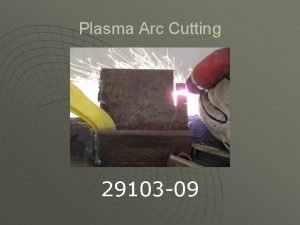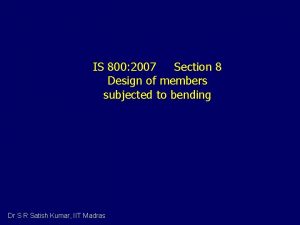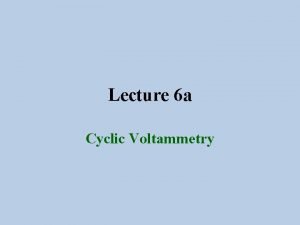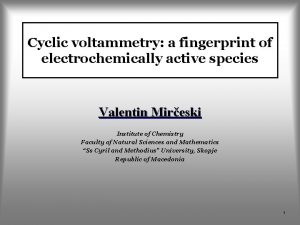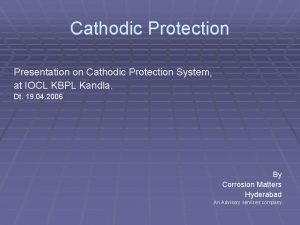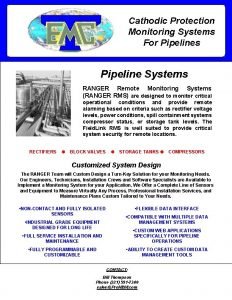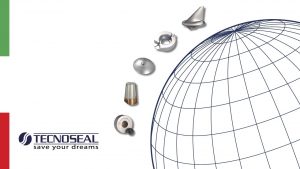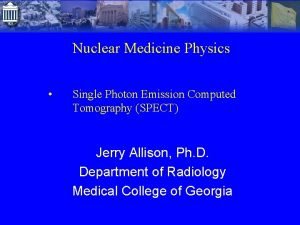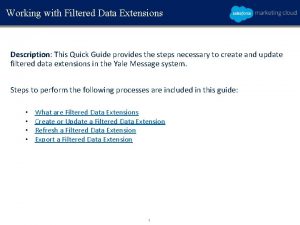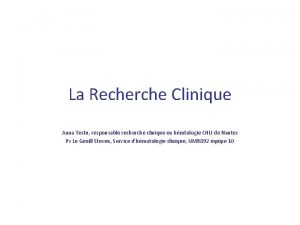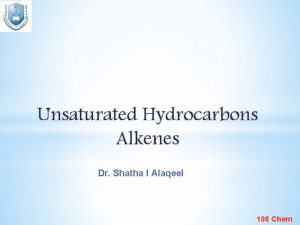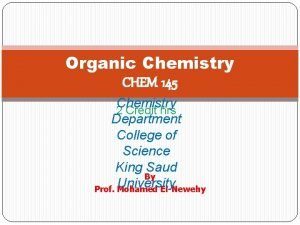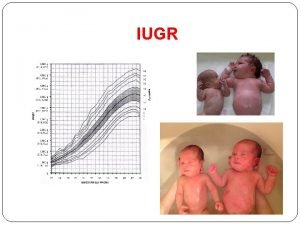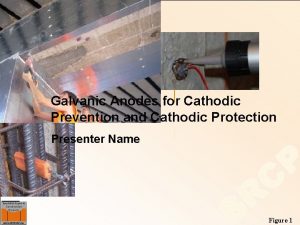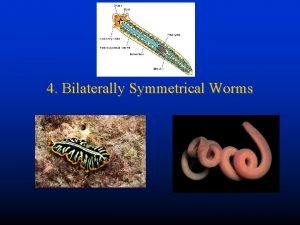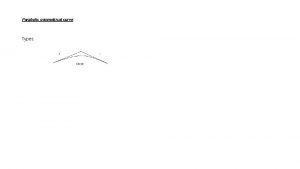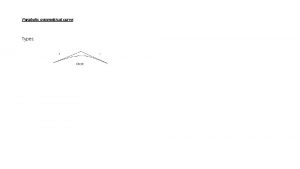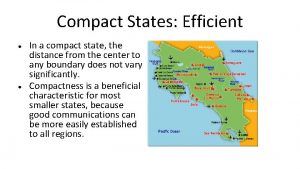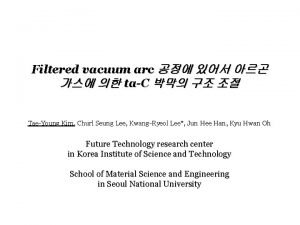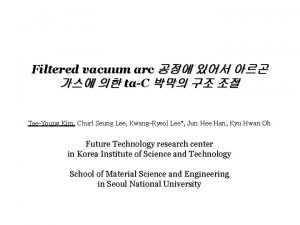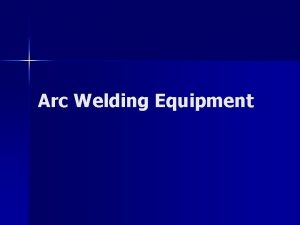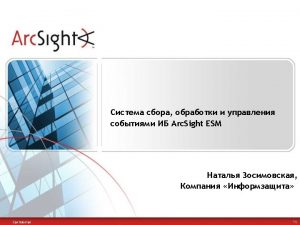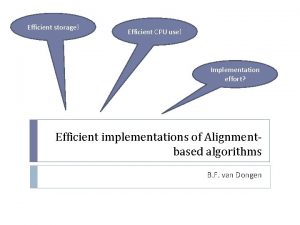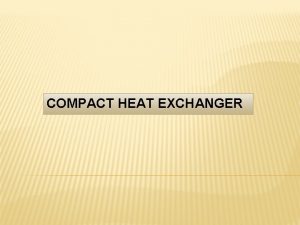A Compact Symmetrical and Efficient Filtered Cathodic Arc






















- Slides: 22

A Compact, Symmetrical and Efficient Filtered Cathodic Arc Source That Uses All Permanent Magnets Paul Sathrum Fluxion Inc. fluxion-inc. com

The Radial Arc Source • Magnetic Island Rectilinear Filter 1. Tubular Outer Magnet (152 mm Ø X 152 mm long) 2. Cylindrical Center Magnet 3. Cathode Magnet 4. Exit Magnet 5. Cathode (70 mm Ø) 6. Housing (Anode) 7. MP Blocker 8. Baffling 9. Exit Aperture 4/25/2018 fluxion-inc. com 2

Permanent Magnets versus Coils • Care must be taken to keep plasma from concentrating at the poles. • In development, the magnetic field was easier to refine: the location, size, and shape of permanent magnets were easier to vary. FCA is very sensitive to field shape. • Strong magnetic field: 98 m. T. • Compact size. • Retains the simplicity of unfiltered arc: • Can be mounted by one person, connected to a DC welder and triggered on. • There are no coil power supplies. 4/25/2018 fluxion-inc. com 3

Features of the Magnetic Field • Fields from Outer and Inner Magnets combine constructively (98 m. T) • Center magnet is positioned towards the exit end of the duct • Arc is closely coupled to the filter and strongly magnetized (50 m. T, 29 V) • promotes efficiency, stability, MP elimination and good erosion Iron Filings Map (no Exit Magnet) 4/25/2018 fluxion-inc. com 4

Plasma Around the Center Magnet Field lines converge above the Cathode, creating a strong field that curves around the Center Magnet, guiding the plasma through the curve and separating macroparticles, which travel in straight lines. 4/25/2018 fluxion-inc. com 5

…Features of the Magnetic Field • Plasma follows the field lines from the arc, around the Center Magnet, and through the Exit Null Ring positioned between the poles, avoiding destruction at the poles. • Plasma is then pinched down through the Exit Aperture. • And carried to the Substrate on diverging field lines with a symmetrical distribution. 4/25/2018 6

Effect of the Exit Magnet on the Magnetic Field • Exit Null Ring larger No Exit Magnet 4/25/2018 • Field diverges more With Exit Magnet 7

Titanium Plasma Exiting the Filter No Exit Magnet 4/25/2018 With Exit Magnet fluxion-inc. com 8

Titanium Rate Distributions with Various Exit Magnet Locations • Stationary uniformity over 110 mm with Exit Magnet at 40 mm from Center Magnet. 4/25/2018 fluxion-inc. com 9

Ion Current On Large Collector was 8. 3% of Arc Current • Large 610 mm diameter Substrate, biased to -100 V Saturation • 84 A carbon arc current - collected ion current was 7 A • 8. 3% implies high ion transport efficiency (theoretical max is 10%) • Confidence in this number is not great though (gas ions, blocked anode) • Preferable to use a small, scanning collecting probe, as is typically used • But these have their own sources of error • Have to know ion species distribution to calculate efficiency Deposition Rate Profiles are Straightforward to Interpret • Coating volumes can be calculated from the profiles • Volume = the actual numbers of ions deposited • Ion transport efficiency can be directly estimated by comparing filtered and unfiltered coating volumes 4/25/2018 fluxion-inc. com 10

Titanium and ta-C Rate Distributions • 60Å/s for titanium and 46Å/s for ta-C (260 mm to substrate, 140 A) • Stationary uniformity over 110 mm with Exit Magnet Titanium 4/25/2018 ta-C fluxion-inc. com 11

ta-C Surface Images (SEM) 8 minutes, 140 A 4/25/2018 fluxion-inc. com 12

Titanium Surface Images (SEM) 10 minutes, 140 A 4/25/2018 fluxion-inc. com 13

Titanium and Chromium Hot Cathode Rate Distributions • Titanium increased 1. 8 times to 106Å/s • Chromium increased 3. 6 times to 208Å/s Chromium Titanium 4/25/2018 fluxion-inc. com 14

IR Sensor Monitored Cathode Temperature • • • Reduced Thermal conduction between Cathode and Plate 4 minutes to reach temperature Cr plasma visible emission became bluer and less flickering Only top of Cathode has melted appearance A. I. Vasin et al. Sov. Tech. Phys. Lett. 5, 634 -636, (1979) 4/25/2018 fluxion-inc. com 15

Rate Distribution in Industrial Coater from 4 Sources • 100 mm helical offset around a 1 meter chamber • 650 mm diameter rotating substrate (cylinder) • Chromium hot cathode at 180 A 4/25/2018 fluxion-inc. com 16

Industrial Coater Theoretical Rate Distributions with Various Offsets 70 mm Offset Improves Theoretical Uniformity to 3% 4/25/2018 fluxion-inc. com Uniformity Over Any Length (2 m) by Adding Sources 17

Linking Up Of The Plasma Along Magnet Field Lines Across The Vacuum Chamber 4/25/2018 fluxion-inc. com 18

Unfiltered Arc Rate Distributions An equivalent unfiltered arc source was substituted onto the same experimental setup to directly compare rates and estimate ion transport efficiency. 4/25/2018 fluxion-inc. com 19

Radial Arc and Unfiltered Arc Ti. N Rate Distributions at 140 A The volume of the Radial Arc coating was 70% of the unfiltered arc coating • 1 m. Torr vs 6 m. Torr nitrogen for stoichiometric Ti. N – gas ionized in Radial Arc 4/25/2018 fluxion-inc. com 20

The Radial Arc is Compact and Simple • Can be quickly mounted by one person, connected to a DC welder and triggered on, like unfiltered arc • An easy replacement for other types of sources • A wide range of applications are facilitated: from single source R&D to large commercial coating systems • Uniformity on large substrates is provided for, like a linear-type source, but with more flexibility 4/25/2018 fluxion-inc. com 21

Summary, Radial Arc Compact and simple (all permanent magnets) 48, 108 and 206 Å/s for ta-C, titanium, and chromium Hot cathode increased rate significantly Few macroparticles apparent in the coatings Uniformity on stationary substrates with Exit Magnet 3µm/hr in 1 m commercial coater on a rotating substrate from multiple Radial Arc sources • Ti. N coating volume from the Radial Arc source = 70% of unfiltered arc at the same arc current • • • Paul Sathrum paul@fluxion-inc. com
 Pacparts
Pacparts Web buckling and web crippling slideshare
Web buckling and web crippling slideshare Productively efficient vs allocatively efficient
Productively efficient vs allocatively efficient Productively efficient vs allocatively efficient
Productively efficient vs allocatively efficient C b a d
C b a d Productively efficient vs allocatively efficient
Productively efficient vs allocatively efficient Productively efficient vs allocatively efficient
Productively efficient vs allocatively efficient Anodic peak current
Anodic peak current Cathodic peak current
Cathodic peak current Cathodic protection presentation
Cathodic protection presentation Cathodic protection monitoring system
Cathodic protection monitoring system Passive cathodic protection
Passive cathodic protection Pcr cathodic protection
Pcr cathodic protection Mjo filtered vp200 forecast
Mjo filtered vp200 forecast Nuclear medicine
Nuclear medicine Filtered data extension
Filtered data extension Mentoring circle
Mentoring circle Minor ark
Minor ark Arc promoteur vs arc investigateur
Arc promoteur vs arc investigateur Arc emu88 com arc info 01 100001 html
Arc emu88 com arc info 01 100001 html Symmetrical alkene and unsymmetrical alkene
Symmetrical alkene and unsymmetrical alkene Symmetrical alkene
Symmetrical alkene Iugr
Iugr
